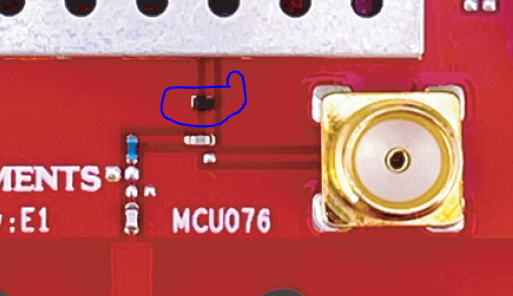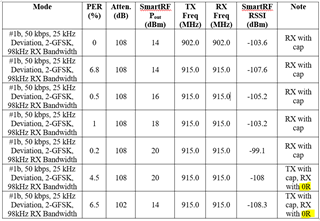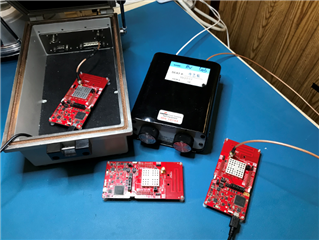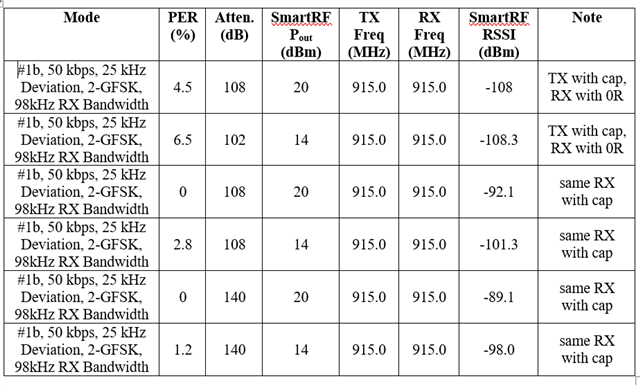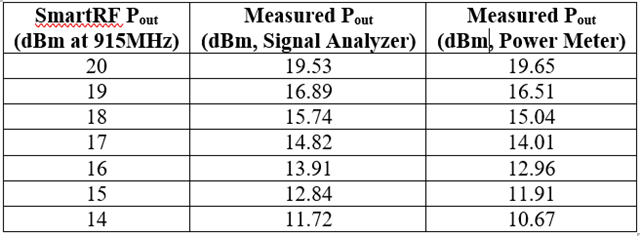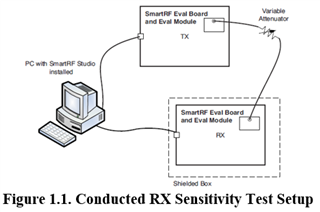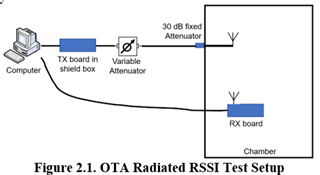Other Parts Discussed in Thread: CC2531EMK, CC1352P7, CC1312R, CC1312R7
Hello,
I would like to test the RX sensitivity of this Wi-SUN device for the 902-928 MHz band. Could you please guide me how to perform this RF test? The test would be performed for over-the-air and conducted.
FYI, we plan to order the LP-CC1352P7-1 and AM64 Starter Kit EVM.
Thanks


